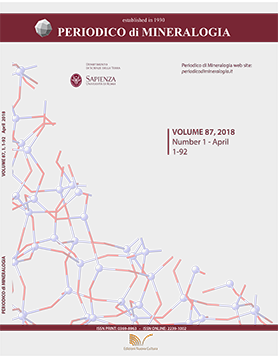On the potential effect of micronized zeolites on seed germination: a prospective study
DOI:
https://doi.org/10.2451/2018PM737Keywords:
XRD, SEM-EDX, zeolite, seed, spectrometric methods applicationsAbstract
It is well known that zeolite yields positive effects to seed germination. However, any previous study has so far highlighted how the zeolite interacts with the seeds.
The goal of this paper is to assess the effect of zeolite on radish seed germination by means of X-ray spectrometric methods.
As starting assumption, we hypothesize that the micronized zeolite mixed with water may try to break the seed's husk and allow the water to enter the seed.
X-Ray diffraction and Energy Dispersive X-Ray Spectroscopy coupled with Scanning Electron Microscope were chosen to investigate seeds of radish that were previously treated with or without micronized natural zeolite.
The results show that zeolite grains on the surface of the seed cannot penetrate its husk, implying that there is no risk of zeolite accumulation within the tissues of the plant’s embryo.
In addition, this study highlights that SEM-EDX is the most effective analytical tool to investigate the interaction between mineral compounds (e.g. zeolite) and organic matrices such as the seeds.


